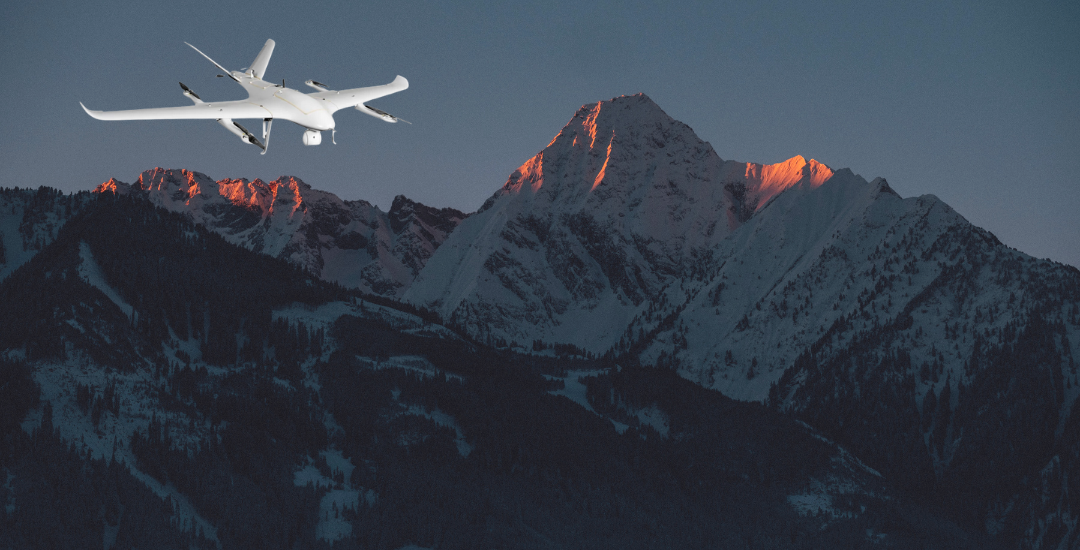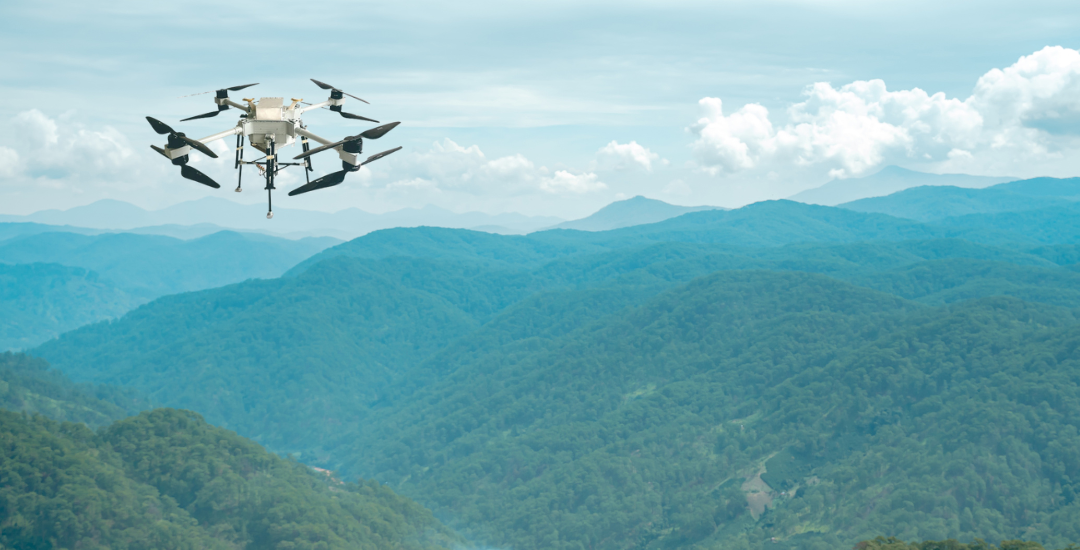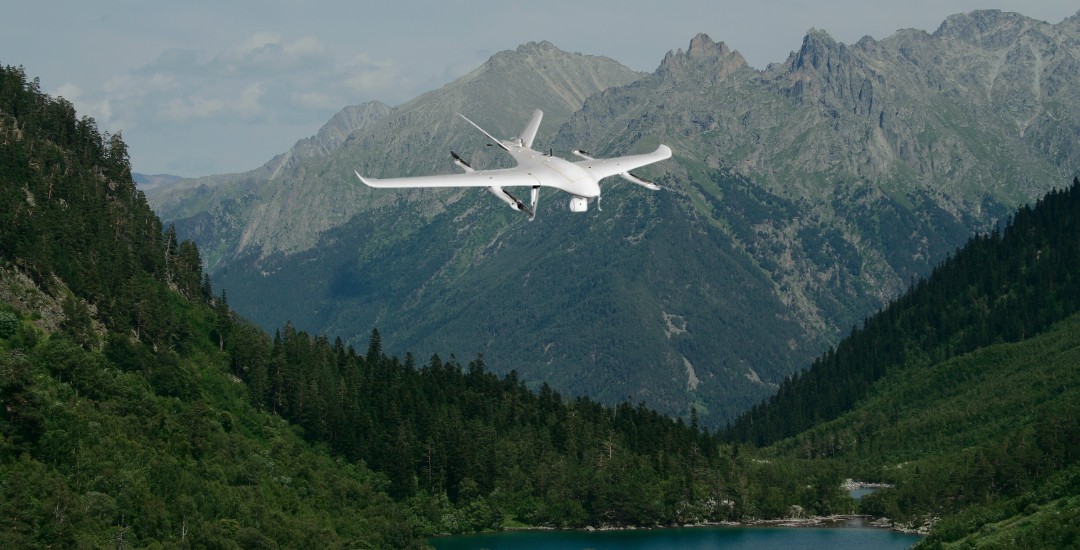NEWS
Home > News
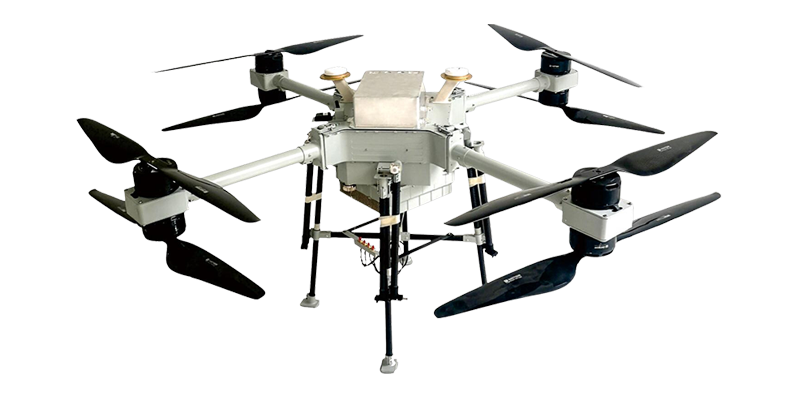

Introduction: Why VTOL UAV Safety in Urban Areas Is Critical
Vertical Take-Off and Landing Unmanned Aerial Vehicles (VTOL UAVs) are revolutionizing industries like logistics, surveillance, inspection, and emergency response. However, operating VTOL UAVs in densely populated urban areas poses unique challenges — from airspace restrictions to public safety concerns. This guide presents the top safety tips for operating VTOL UAVs in urban areas, ensuring your drone missions are secure, compliant, and successful.
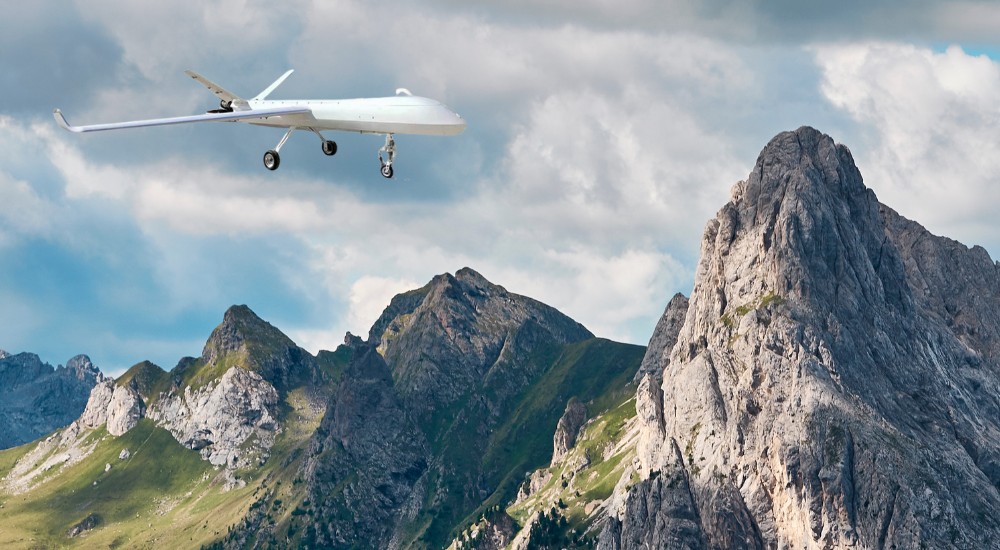
1. Understand Local UAV Regulations and Airspace Restrictions
Before launching a VTOL UAV, study local laws and aviation regulations:
- Register your UAV if required by authorities.
- Comply with no-fly zones around airports, government buildings, and sensitive areas.
- Obtain special flight permits for restricted areas.
2. Conduct Thorough Pre-Flight Planning and Risk Assessment
A pre-flight risk assessment helps identify hazards and avoid incidents:
- Check weather conditions, especially wind speeds and precipitation.
- Plan flight paths that avoid crowds, traffic, and obstacles.
- Identify emergency landing zones before takeoff.
3. Ensure Proper VTOL UAV Maintenance and Inspection
Routine pre-flight inspections can prevent technical failures:
- Inspect propellers, motors, and battery health.
- Test navigation and communication systems.
- Verify firmware/software updates are installed.
4. Monitor Weather and Environmental Factors
Urban areas amplify weather-related risks:
- Avoid flying in strong winds or rain.
- Watch for signal interference from skyscrapers or telecom equipment.
- Be cautious of temperature extremes affecting battery performance.
5. Use Geofencing and Collision Avoidance Technologies
Modern VTOL UAVs support geofencing and obstacle avoidance:
- Set virtual boundaries to avoid restricted areas.
- Utilize LiDAR, radar, or optical sensors to prevent collisions with buildings, trees, and power lines.
- Ensure Return-to-Home (RTH) features are functional.
6. Maintain Clear Visual Line of Sight (VLOS)
Although Beyond Visual Line of Sight (BVLOS) operations are advancing, VLOS remains essential for safety:
- Keep the UAV within eyesight at all times.
- Avoid flying behind buildings or large structures that block view or signals.
- Employ spotters if necessary.
7. Prioritize Public Privacy and Safety
Flying in urban areas demands respect for privacy and safety:
- Avoid recording individuals without consent.
- Do not fly over crowds, vehicles, or private properties unless authorized.
- Announce flights when necessary to inform the public.
8. Have a Clear Emergency Procedure in Place
Prepare for UAV malfunctions:
- Establish failsafe settings like automatic landing or RTH.
- Carry a checklist for emergencies (loss of GPS, communication failure, motor failure).
- Know local emergency contacts in case of accidents.
9. Train and Certify UAV Operators
Operators should have certifications and training:
- Complete official UAV pilot courses focusing on urban operations.
- Stay updated on technological advancements in VTOL UAVs.
- Practice simulated urban flights before real missions.
10. Invest in Insurance and Liability Coverage
Secure appropriate UAV liability insurance:
- Cover property damage and personal injury risks.
- Choose plans tailored for commercial urban UAV operations.
- Review insurance terms and limits before flying.
FAQs About Operating VTOL UAVs in Urban Areas
Q1. Do I need a license to operate a VTOL UAV in the city?
A1. Yes, most countries require a drone pilot license for urban operations, especially for VTOL UAVs exceeding weight limits or used commercially.
Q2. Can I fly a VTOL UAV over people in urban areas?
A2. Generally, no. Flying over crowds without special authorization is prohibited due to safety risks.
Q3. How do I know if an area is a no-fly zone?
A3. Use official apps like B4UFLY, AirMap, or national aviation authority tools to identify restricted airspace.
Q4. What happens if my VTOL UAV crashes in a city?
A4. You must report the incident to authorities, assess damages, and follow liability procedures. This is why insurance is crucial.
Q5. Can VTOL UAVs avoid obstacles automatically?
A5. Yes, many advanced VTOL UAVs have autonomous obstacle detection using sensors, but manual vigilance is still required.
Q6. What is the biggest risk when flying VTOL UAVs in urban environments?
A6. The main risks include signal interference, collisions with buildings, public safety threats, and legal violations if not properly managed.
Conclusion: Fly Safe and Smart with VTOL UAVs in Urban Settings
Operating VTOL UAVs in urban areas offers immense opportunities, but safety must be the top priority. By following these top safety tips for operating VTOL UAVs in urban areas, you can minimize risks, comply with regulations, and achieve mission success. Whether you're using drones for delivery, inspection, or surveillance, always remember: a safe flight is a successful flight.
SHARE:
Send a Message
RECENT POSTS
Get in Touch
Please use the form below to get in touch.
If you need a reply we will get in touch as soon as possible.



